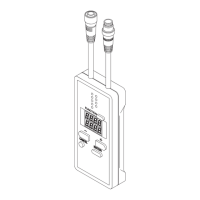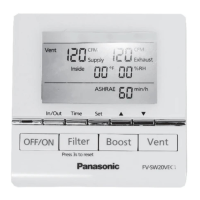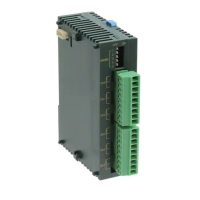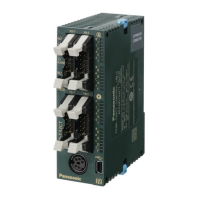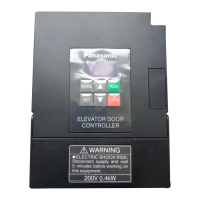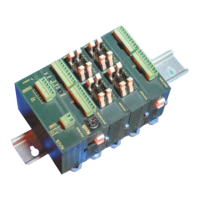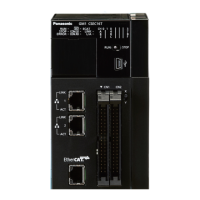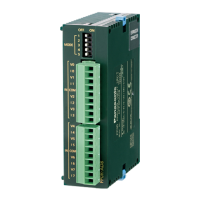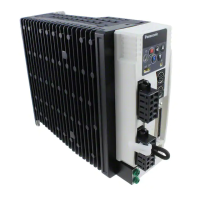43
Chapter 2
Memory Map
Example: If number of I/O control points = 128, inputs = 0 to 31, outputs = 32 to 63, inputs = 64 to 95
outputs = 96 to 127
Addresses 0 to 31
Inputs
RX (n) to RX (n+1)
IN 0 to 31
Remote input (RX) Remote output (RY) Remote register (RWrm) Remote register (RWwm)
RX (n+2) to RX (n+3)
IN 32 to 63
RX (n+4)
Not used
RX (n+5)
Completion of initial data setting
Error status
Remote READY status
RWrm (m+1)
Errors 0 to 6, Error status
Number of I/O control points 0 to 3
Completion of transmisson frame check
BUSY
RWrm (m+2)
Number of nodes
bit 0 to 8
RY (n) to RY (n+1)
OUT 0 to 31
RY (n+2) to RY (n+3)
OUT 32 to 63
RY (n+4)
Not used
RWrm (m)
Not used
RWwm (m+2)
Not used
RWwm (m)
Not used
RY (n+5)
Initial data setting request
Addresses 32 to 63
Outputs
Addresses 64 to 95
Inputs
Addresses 96 to 127
Outputs
RWrm (m+4) to
RWrm (m+B)
Addr
ess information
0 to 127
RWwm (m+4) to
RWwm (m+B)
Not used
RWwm (m+3)
Connection information
change request
Address information
change request
RWwm (m+1)
Error cancel
Transmission frame
check request
RWrm (m+3)
Completion of connection
information change
Completion of address
information change
Notes: 1)
If buffer memory assignment pattern 1 is used, data on ‘IN 112 to 127’ and ‘OUT 112 to 127’ will be assigned to the remote register.
2) The addresses of ‘IN 0 to 63’ and ‘OUT 0 to 63’ shown in the remote I/O table differ from these addresses on the S-LINK V sys-
tem side. (However, in the all-point input status or all-point output status, the above addresses will be equal to the S-LINK V ad-
dresses.)

